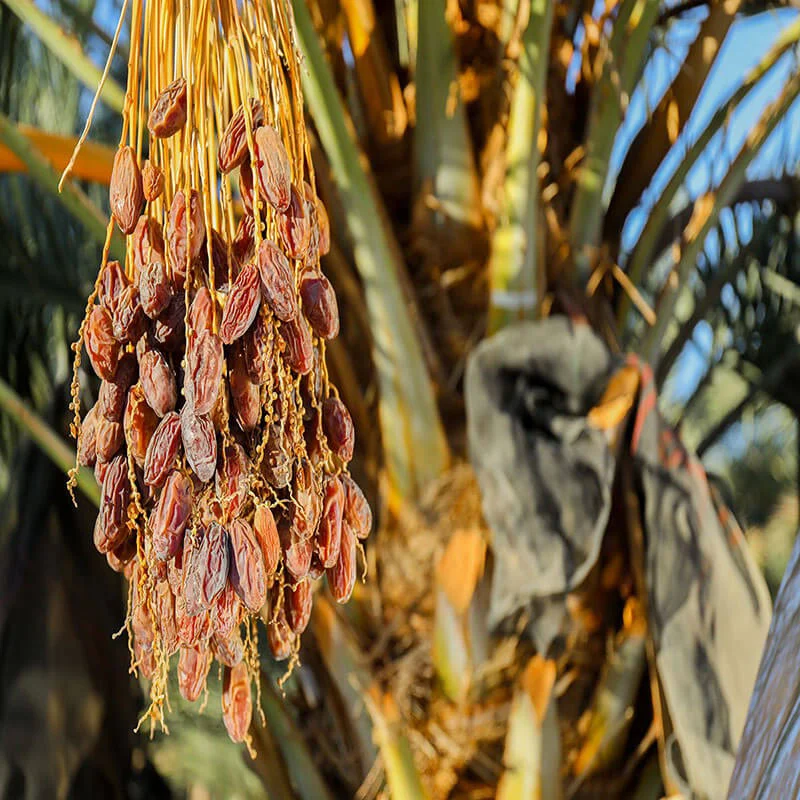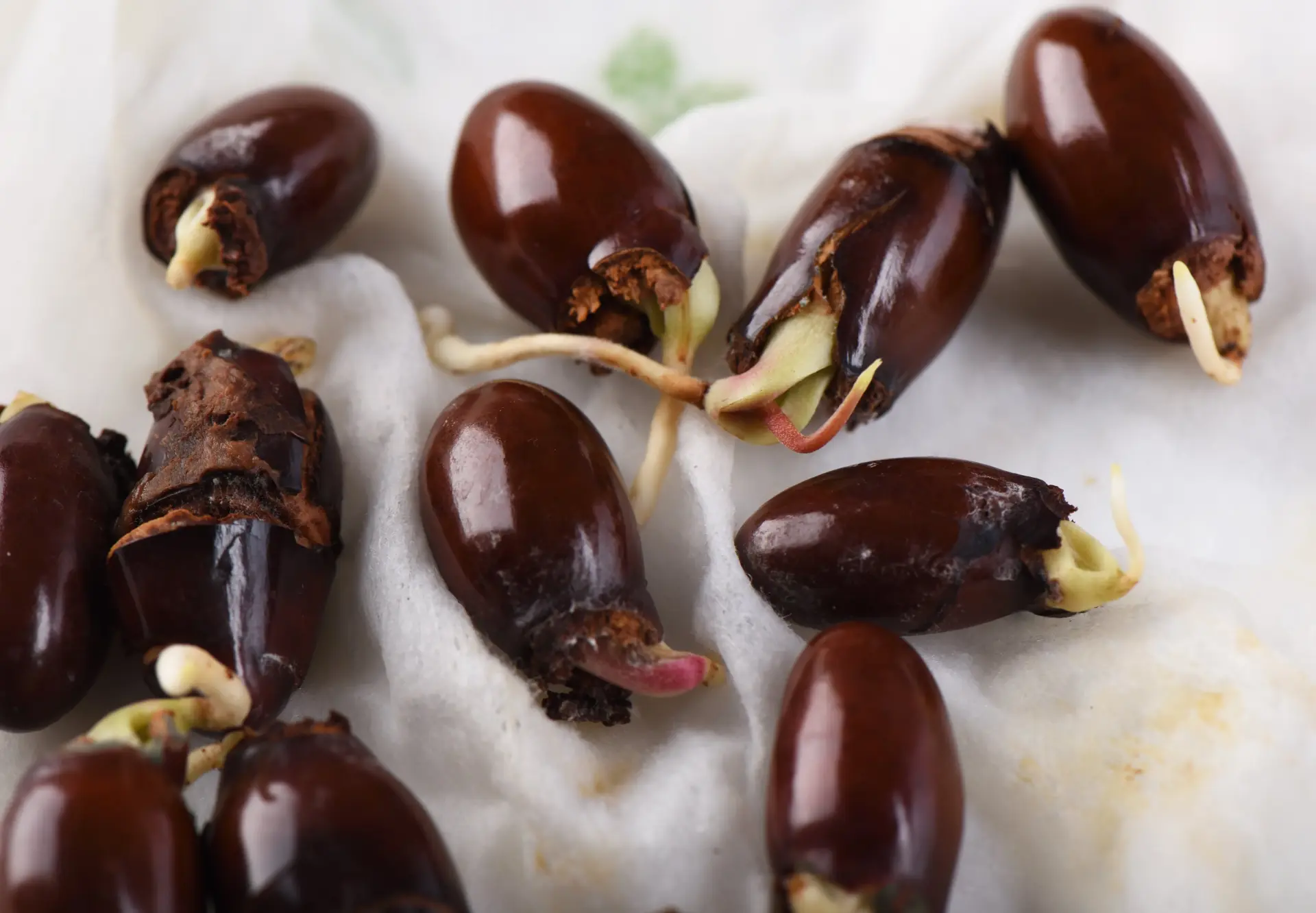
Fresh ginger root is packed with flavor and health benefits, making it a fantastic ingredient for cooking, juices, and home remedies. If you’re new to using fresh ginger, grating it and extracting its juice can seem challenging, but with the right tools and techniques, it’s easy! Here’s a step-by-step guide on how to grate fresh ginger, make ginger juice, and ginger pulp.
Step 1: Preparing the Ginger Root
- Choose Fresh Ginger:
- Select fresh ginger root that is firm, smooth, and has no wrinkles or soft spots.
- Peel the Ginger (Optional):
- You can peel the ginger root using the edge of a spoon by scraping off the skin. This is optional, as the skin is edible, but peeling helps if you want a smoother texture, especially for ginger juice or pulp.
Step 2: Grating the Ginger
- Tools Needed:
- A microplane grater (for fine ginger) or a box grater (for coarser ginger).
- Cutting board for support.
- Grate the Ginger:
- Hold the ginger firmly and rub it against the grater in a back-and-forth motion.
- If using a microplane, you’ll get a fine ginger pulp. If you prefer more texture, use a larger grating side of a box grater.
- Continue grating until you have enough ginger for your recipe or juice.
- Collect the Ginger Pulp:
- Use the grated ginger as it is, or squeeze it to extract the juice. The leftover grated ginger is the ginger pulp, which can be used in teas, cooking, or baking.
Step 3: Making Ginger Juice
- Squeeze the Grated Ginger:
- After grating the ginger, place the pulp into a clean cheesecloth or a thin kitchen towel. You can also use a fine mesh strainer.
- Gather the ends of the cheesecloth and twist it to press the ginger pulp.
- Squeeze as much juice as possible into a bowl or cup.
- Use the Ginger Juice:
- The juice can be added to smoothies, tea, or water for a refreshing ginger drink. It’s also excellent in marinades, sauces, and for home remedies (like soothing a sore throat or aiding digestion).
Step 4: Storing Ginger Pulp and Juice
- Ginger Pulp:
- You can store leftover ginger pulp in an airtight container in the fridge for up to a week. It’s perfect for adding flavor to stir-fries, soups, or baked goods.
- Ginger Juice:
- Store ginger juice in a sealed container in the fridge for up to 3 days. For longer storage, freeze the juice in ice cube trays, and use it as needed in drinks or cooking.
Quick Tips:
- Use Frozen Ginger: If fresh ginger is difficult to grate, freeze the ginger root for about 30 minutes before grating. This makes the ginger firmer and easier to handle.
- Don’t Waste the Pulp: The ginger pulp can be dried and used as a spice or added to recipes for an extra ginger kick.
- Stronger Juice: If you want a more concentrated ginger juice, blend the grated ginger with a small amount of water before squeezing it through the cheesecloth.
Conclusion
Grating fresh ginger root and making ginger juice and pulp is easy once you know how! Whether you’re using the juice for a fresh, spicy drink or adding the pulp to your favorite recipes, you’ll enjoy the vibrant flavor and health benefits of fresh ginger in your kitchen.



